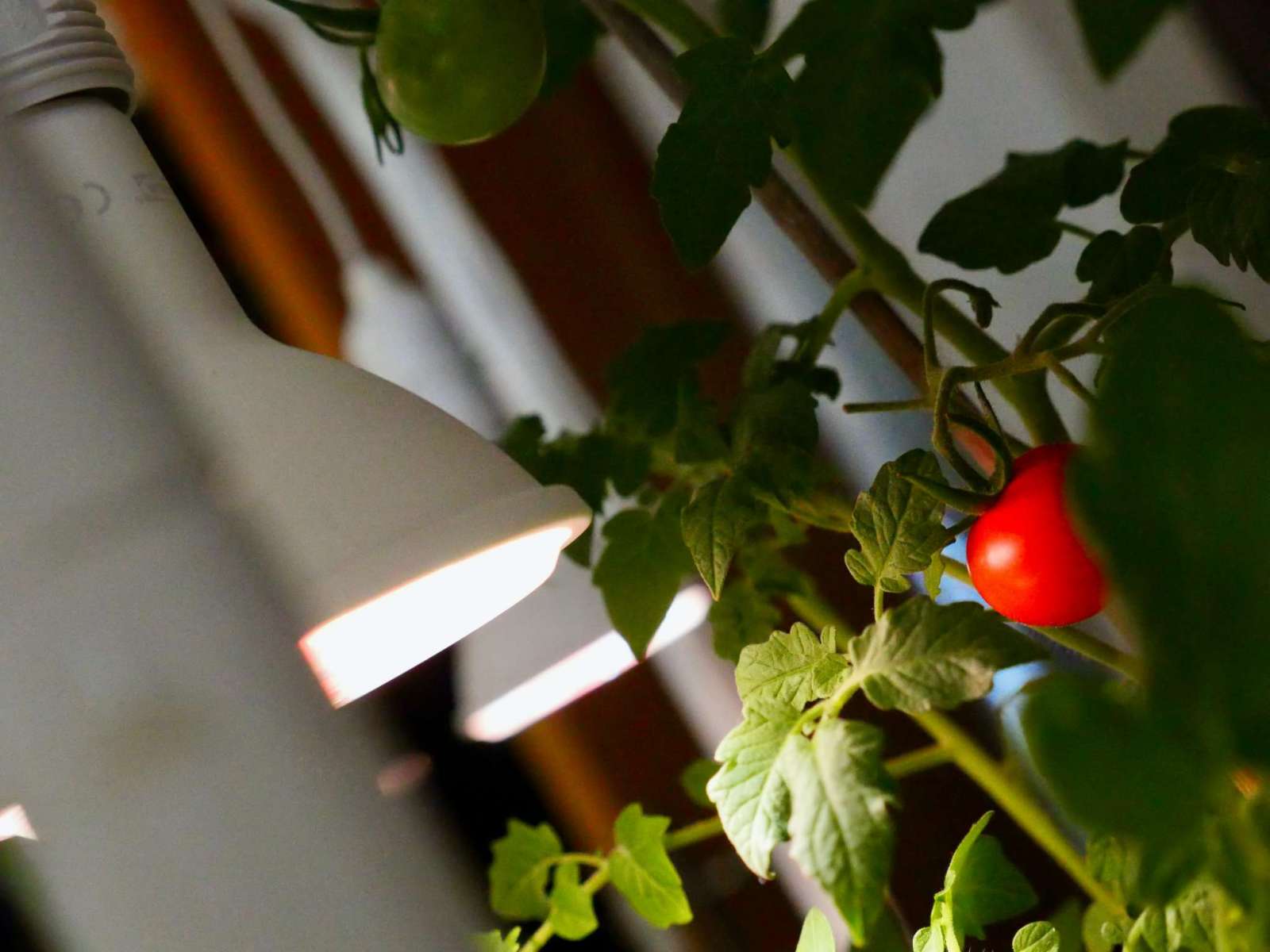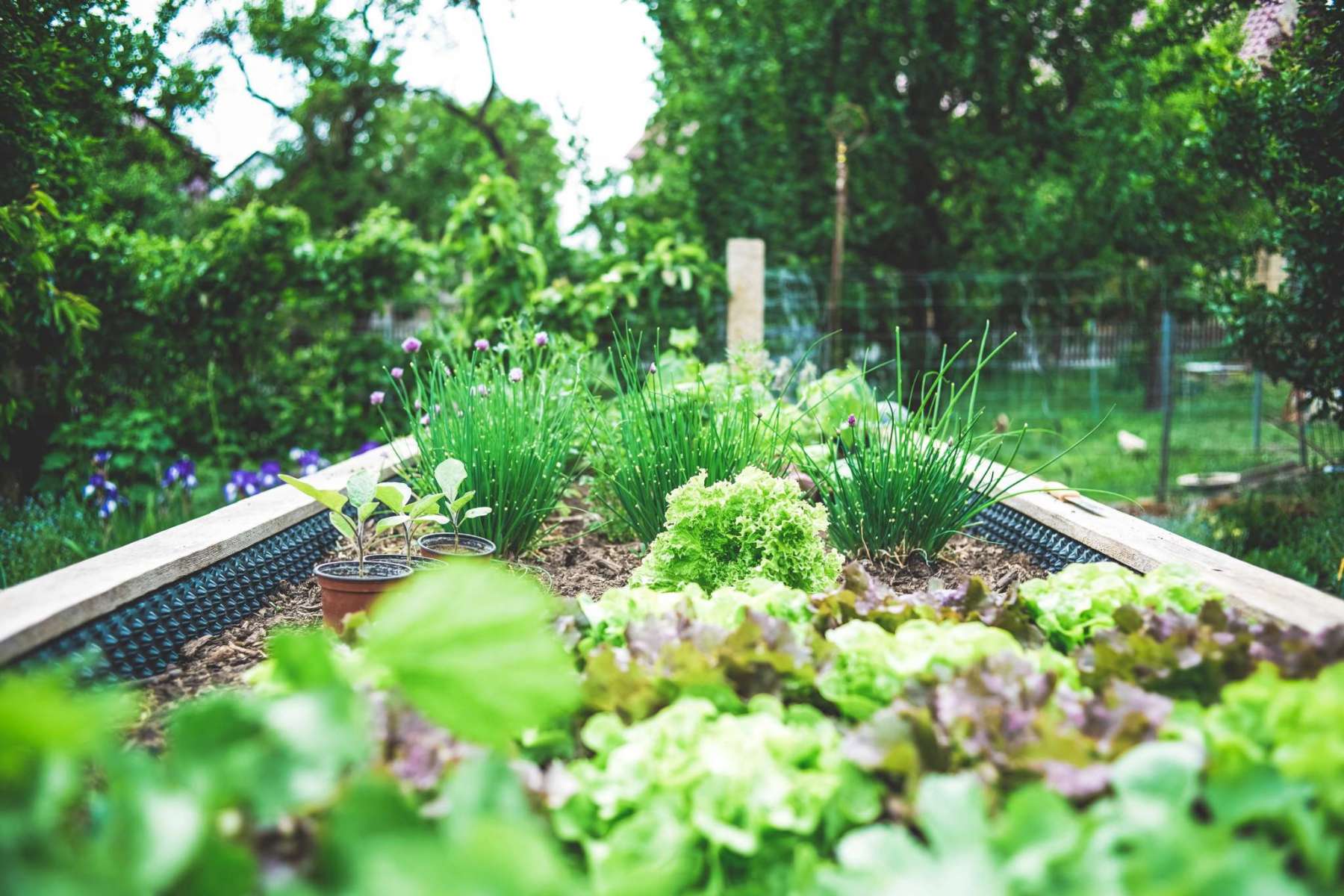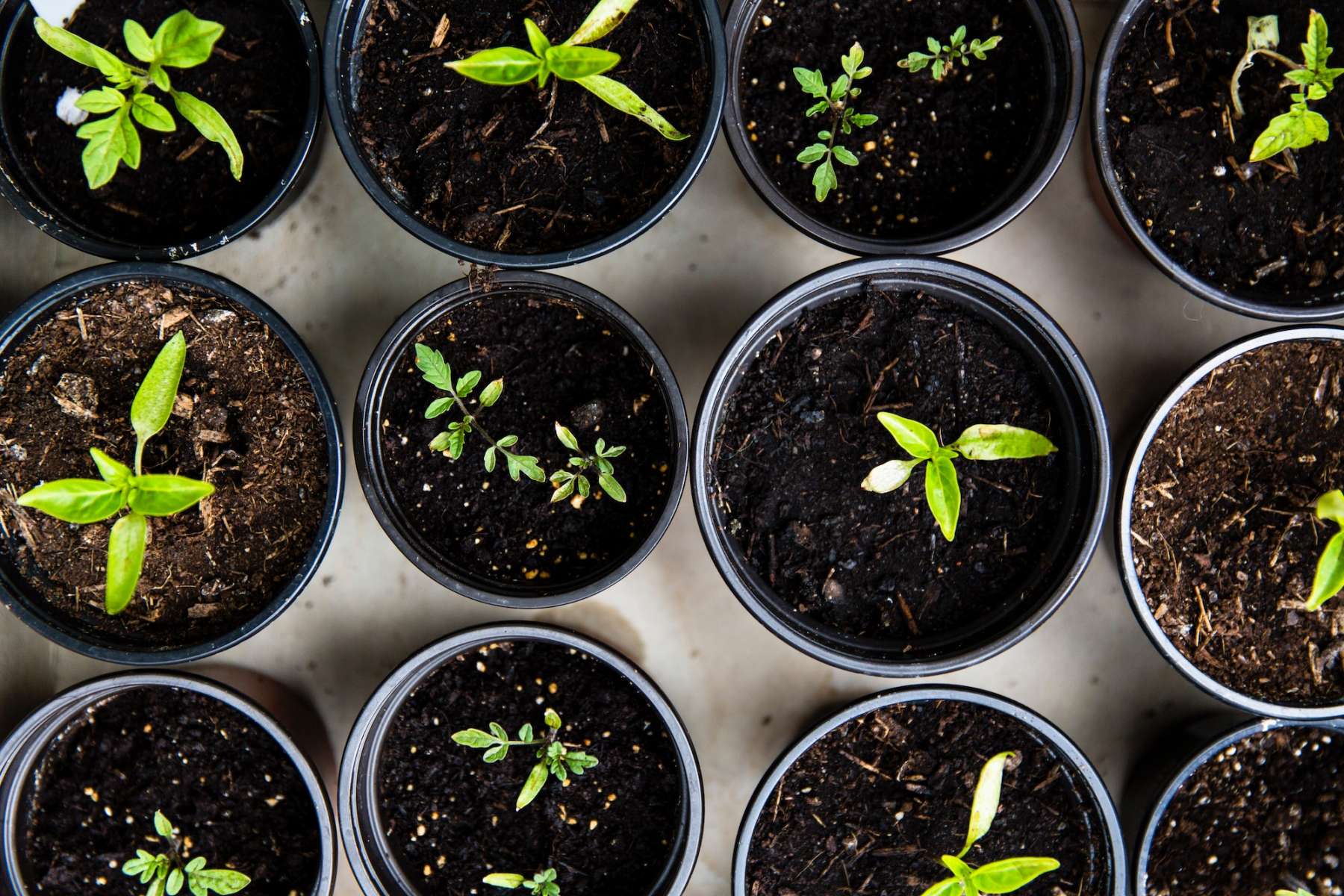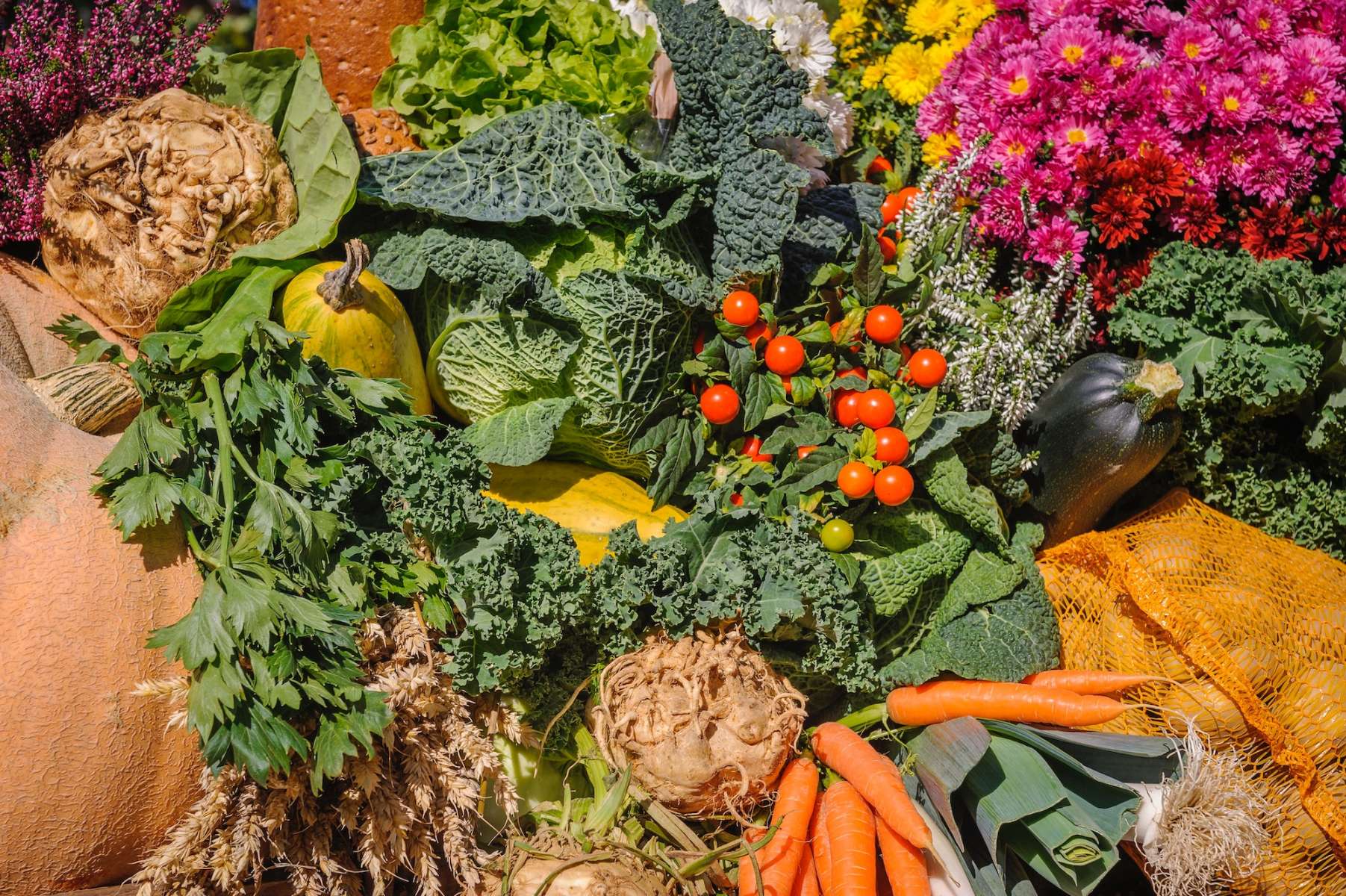Along with sourdough bread and DIY tie-dye, home gardening became a thing during the quarantine. Memes aside, some of those viral trends were life skills worth learning. Maybe not the DIY tie-dye, but making homemade bread, engaging in a daily yoga practice, and gardening, are productive skills with a healthy dose of self-care. Growing your own food gives you a new perspective on self-reliance. It also makes you more deeply appreciative of the food supply chain that stocks grocery stores with ripe produce out-of-season.
You curate a home garden to your taste, home, and how much time you want to spend getting your hands dirty. If you’re back at work, you can still grow food in your spare time. If you’re among the millions of unemployed this year, a home garden is a productive and healthy diversion and great for you to become the Local Tree Expert amongst friends.

Grow Food Anywhere
Even if you live in an apartment, there are many ways to grow food in a home garden without sacrificing all your floor space. Ikea now has a hydroponics section in its online store and you can add grow lights if your apartment lacks natural light (plants need 6 to 8 hours a day). For the tech-inclined, set up a smart garden for growing herbs and produce year-round. Be sure to set up shelves in front of windows with lots of natural light.

You may need to build raised beds if you’re reclaiming a yard to grow your own food in your home garden. If you’re unsure how to make them, the kind folks at This Old House can show you how to build a raised bed. Affordable materials can be found at a resource center like the Habitat for Humanity ReStores. You can also check out thrift stores and yard sales for cheap pots and planters, as well as tips from Santa Ana garden care experts.
There are more reasons than just saving money to use reclaimed and recycled materials. Landfills swell an additional 4,300 acres each year with discarded building and construction materials. By using recycled materials in your home garden, you can help reduce unnecessary waste.

What to Grow
If you live in an apartment or get limited sunlight in your yard, don’t try to grow your favorites if they’re not conducive to the environment. Grow plants that will thrive with what you can provide them.
In apartments, try these low-maintenance plants: While tomato plants can get big, they grow well in pots. Salad greens like arugula, lettuce, and spinach have shallow root systems and affable personalities. If you grow strawberries, you can eat them right from the window box. Dwarf citrus trees are easy, and you can even share with a friend by grafting two citrus trees together! Growing herbs take up minimal space and add a fresh dimension to your cooking.

Find the Cheesiest Eats Around the World
More about diving into the dairy? View our list of the cheesiest eats around the world.
Find the Cheesiest Eats Around the World
You have a lot more freedom with an outdoor garden. Plant for the light you have available and follow seed instructions for watering. If you have the time, consider growing more than you need. There’s nothing prettier than a late-summer garden filled with ripe food.

Share Your Harvest
If you’re lucky enough to have enough food on your table and plentiful harvest, share your bounty with your neighbors. You can donate food you grow to food pantries. Try your hand at pickling and canning to enjoy home-grown produce year-round–and you’ll have holiday gifts for friends and neighbors.
Featured Image Credit: zanda.photography on Unsplash


